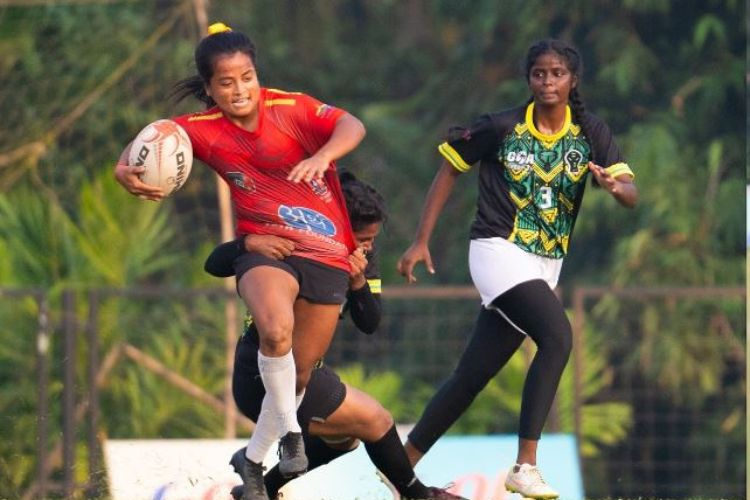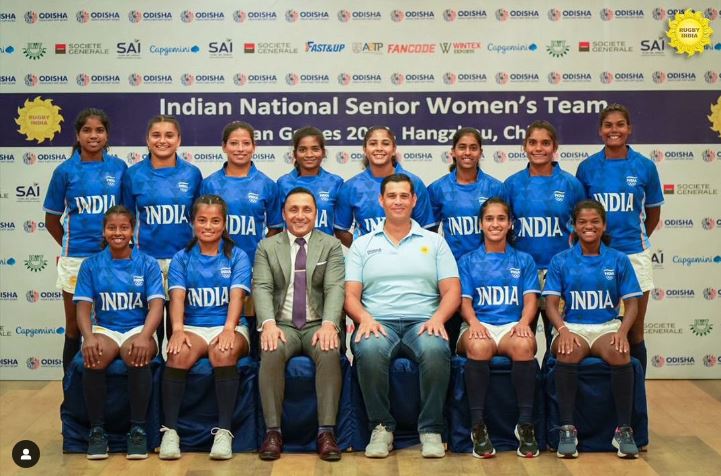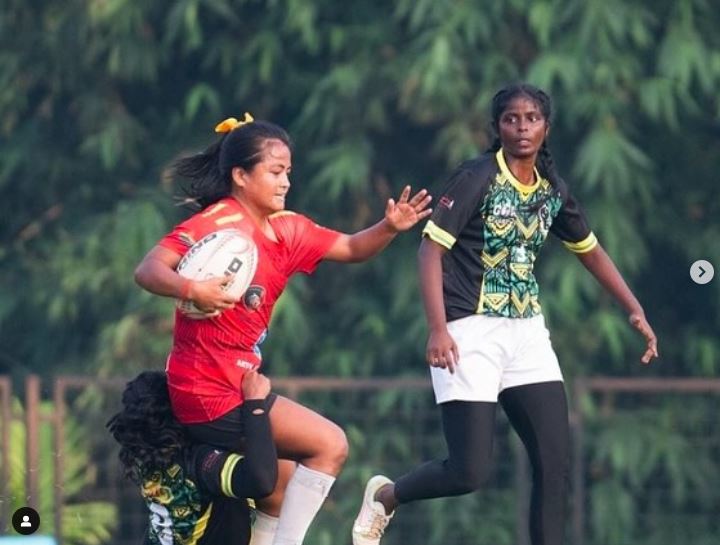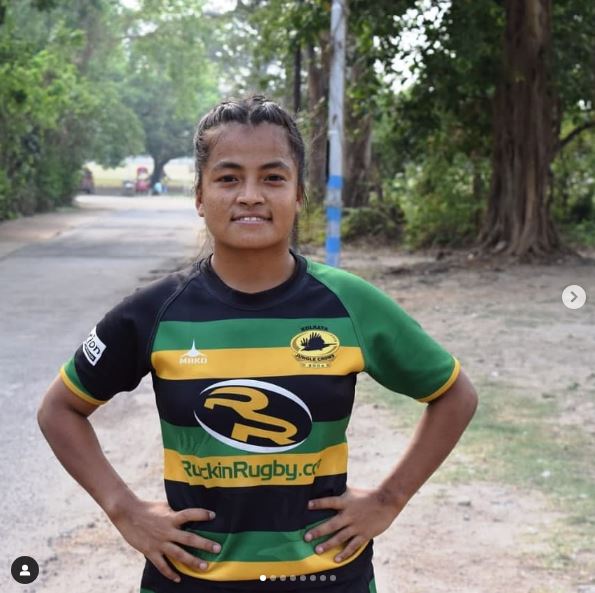
Sandhya has represented India in more than 12 international competitions and performance in Asian Games and Paris Olympics qualifiers has been her most memorable so far, says Sandhya.
Sandhya Rai is now aiming for a performance in the next Olympics. She was one of the key members of Indian women’s rugby in the Hangzhou Asian Games, held in 2022 as well as in the Olympics qualifiers.
She has represented India in more than 12 international competitions and performance in Asian Games and Paris Olympics qualifiers has been her most memorable so far, says Sandhya.
The 24-year-old ‘Play-maker’ on the pitch remembers one of her laurels while speaking to Parallel Sports, “I was selected among the top 20 players of Asia by World Rugby Union before COVID-19.,” Sandhya stated.
Simultaneously, Sandhya lamented saying, Due to ankle-twist I was ruled out of the Bengal team in the eleventh hour for the ongoing National Games. Our preparation was good this time.” Bengal women crashed out of the Games in the semi-final.

Sandhya’s journey has not been easy. Her father Shyam Rai is a tea garden laborer at their village Saraswatipur Tea Estate, around 35 kilometers from Siliguri. Her mother Pokchi Rai runs a small shop while Sandhya has a younger brother.
While studying at Gazol Doba High School Sandhya was passionate about different sports. She used to play football and athletics regularly across their village. She even did a laborer's job for around two weeks at the Saraswatipur tea Estate when needed money for her own although her parents did not allow her to do the job of plucking tea leaves.
Additionally, she had to overcome social barriers. Girls were generally not allowed to play sports in their village which was remotely located and had electricity in their households only around six years ago.
When Sandhya started playing she was as expected discouraged, even taunted by the people in her locality. Trouble escalated for the girls when they started wearing shorts replacing churidars (a traditional Indian dress) and trousers for shorts.
2013 was a turning year for Sandhya when Kolkata-based rugby club Jungle Crows (now Future Hopes) sent two coaches, Amirul Islam and Harinder Singh to their village, launching awareness and Talent-Hunt Program and all the girls who used to play football, joined rugby including Sandhya.
"We did not have any idea on the game. But Jungle Crows helped us a lot, offering jerseys, kits daily Tiffin, and the fares to go to Kolkata from Siliguri. So, despite coming from a poor family playing rugby did not affect the financial struggle, my family was doing."

Sandhya revealed her position on the pitch is crucial. “I am the Number-10 of my team. You can call me the ‘Play-Maker’. “We run a lot on the ground, build up the game, help in attack as well as in defense,” she added.
Sandhya simultaneously remembers divulging, "We went to dense forest and brought a lot of wood chips together carrying on shoulder. Then we regularly used to go swimming. We even had to run carrying the wood chips on our shoulders several times when a herd of elephants chased us. Today I realize these were natural exercises which helped me to develop strength stamina and endurance.”
Still India’s one of the top rugby players seem disappointed as there is no job for them on sports quotas in Bengal. “Other states have opportunities where rugby players are offered jobs on sports quotas. If I get any such offer I will leave Bengal.”

Sandhya Rai has another desire to provide a stable financial life for her parents, asking her father to take a rest from plucking leaves at the Saraswatipur tea Estate. She needs a job for that.
Leave A Comment
Your email address will not be published. Required fields are marked.

